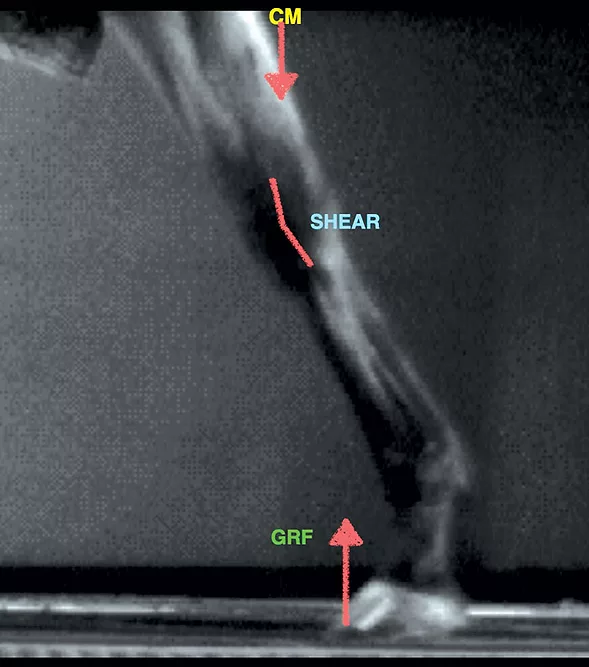American Farriers Journal
American Farriers Journal is the “hands-on” magazine for professional farriers, equine veterinarians and horse care product and service buyers.

The weight-bearing phase of a horse’s stride sequence is extremely complicated
It is three-dimensional at the least and four-dimensional when interjecting the ground reaction force (GRF) vector. Each dimension’s role in the overall mechanics of weight bearing is often hotly debated. That GRF is dynamically changing (as is the leg) throughout the weight-bearing phase, making that portion even more difficult to understand.
As farriers, we have our ideas of what modifications to the hoof/shoe dynamics can be done to augment and support that weight-bearing portion of the stride.
Dr. Olin Balch, DVM, PhD, wrote his thesis on that subject, “The Effects of Changes in Hoof Angle, Mediolateral Balance, and Toe Length on Kinetic and Temporal Parameters of Horses Walking, Trotting, and Cantering on a High-Speed Treadmill” of the weight-bearing phase. It’s interesting reading for sure. The thesis identifies that farriers affect more than impact and breakover while practicing their craft.
Undoubtedly, the most lip service is paid to the aspect of breakover. I doubt it deserves all the attention it’s given, but I will give it its due diligence. What does breakover mean to you? What does easing…